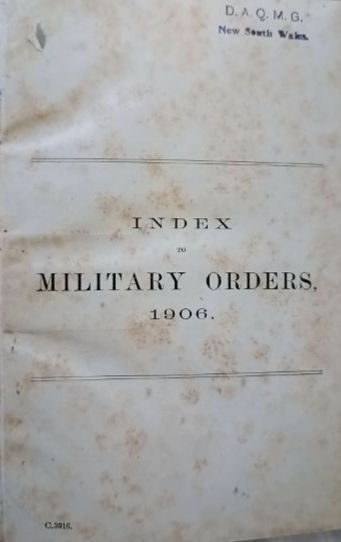We Defended Normandy (1951) By Hans Speidel
“In 1944,” General Speidel reveals, “the Atlantic Wall consisted only of strong points on the coast with radar stations, command posts and battery sites. The redoubts were mostly earthworks and seldom concrete. These strong points were often miles apart.”
In the short time at his disposal – he took over from von Rundstedt in the winter of 1943-4 – Rommel did what he could with booby traps, minefields, and dummy gun sites. But even Rommel was no miracle worker.
When invasion came there was only one battery to every 14 miles of coast. Yet Hitler insisted blindly to the end on the strategy of ‘no retreat.’
“Every enemy thrust is to be prevented by grimly holding your own. It is forbidden to shorten the front. There is no freedom to manoeuvre” – he was still issuing fanatical orders like these when the battle was almost over and only a strategic withdrawal could extricate a battered Wehrmacht from a hopeless position.
‘Pockets of resistance’ was another favourite piece of Hitlerian strategy which Rommel tried in vain to combat. Such a ‘pocket’ was Caen.
Because he was considered slow in reducing this formidable objective, Montgomery has been ceaselessly criticised by Americans. Yet once again he is vindicated by his ex-enemy, Hans Speidel:
“The whole defensive battle was eating up German strength, so Hitler forbade a pliable strategy and insisted that every inch should be defended. Thus the tactically worthless foothold across the Orne near Caen was held by grievous losses of men. These stubborn tactics left the initiative to the enemy; obstinate defence was the weaker decision in every respect.”
It was over this obstinate policy of holding on at all costs that Hitler and his best generals finally fell out.
General Speidel draws a diverting picture of the famous ‘West Front’ meeting between Hitler and his generals on June 17, 1944. The rendezvous was at Battle Headquarters ‘W 11’ at Margival, near Soissons; a rabbit-warren of concrete bunkers dug out of a railway cutting on the main line to Laon. This was to have been command headquarters for the invasion of Britain in 1940; it was used just this once.
Speidel describes Hitler as “wan, sleepless, playing nervously with his spectacles and an array of coloured pencils, which he held between his fingers. He was the only one who sat, hunched upon a stool, while the Field Marshals stood.”
Later he saw the Führer at lunch, “a one-course meal at which Hitler bolted a heaped plate of rice and vegetables after it had been previously tasted for him. Pills and liqueur glasses of various medicines were ranged round his place and he sampled them in turn. The S.S. men stood behind his chair.”
At the height of this fatal meeting – for all but two of those taking part in it came to violent ends – Rommel threw down his challenge to Hitler. The Führer had just rejected the suggestion that the new ‘V-weapons’ should be aimed at the Allied bridgeheads in Normandy instead of the British Isles.
“Hitler still appeared to doubt the catastrophic account that Rommel gave of enemy weapons, whereupon Rommel brusquely pointed out that nobody of importance from the Führer’s headquarters, the High Command, the Luftwaffe, or the Navy had come to the front to form an opinion on the spot.
“These orders are worked out round the table, and there’s no front-line knowledge behind you,” exclaimed Rommel. “You demand our confidence, but you do not trust us yourself.”
“Hitler turned pale at this reproach, but remained silent.”
Shortly afterwards the meeting broke up in disorder when Allied planes were reported to be approaching Margival. But the die had been cast: it was to be war to the knife between the Führer and his Field Marshal from that moment.
General Speidel also clears up the point that has so far puzzled Allied historians – why Paris was so tamely surrendered on August 24, 1944.
It appears that the day before, the Commandant of Greater Paris, General von Choltitz, received an order from Hitler to destroy the bridges and other important objectives in Paris “even if residential areas and works of art are destroyed in doing so.”
General von Choltitz did not carry out the demolitions. He surrendered the city and was taken prisoner. As General Speidel points out, sardonically: “It would perhaps have been tactically expedient to have evacuated the city earlier and drawn off the entire garrison northwards. But the Commandant might well have gone to the gallows for doing so.”
- Hard Cover
- 182 pages
- In Good condition
































